Canon EOS 5D Mark IV vs EOS 6D Mark II: Specs compared
Both full frame and with Canon's latest tech on board – so why the big difference in price?
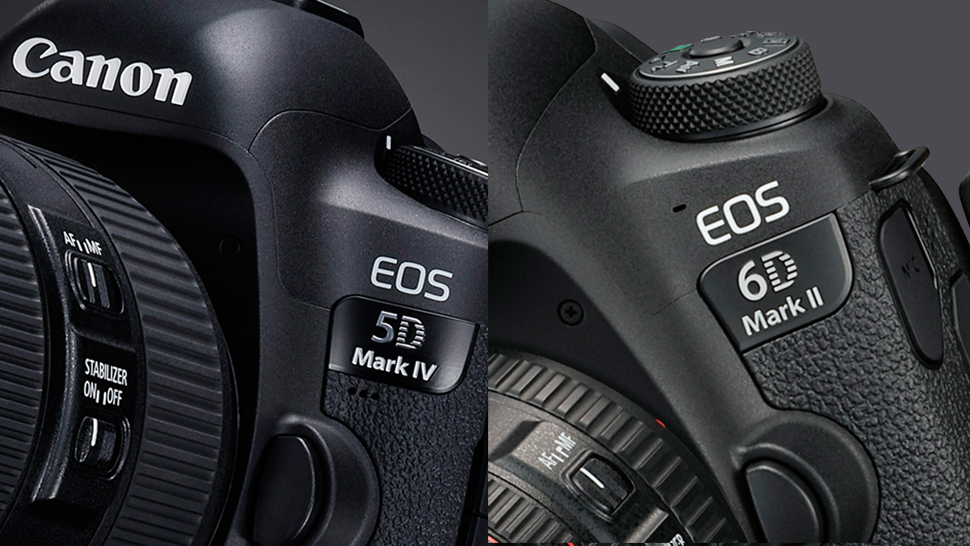
If you want a full-frame, mid-size Canon DSLR, then you will probably be choosing between the EOS 6D Mark II and the EOS 5D Mark IV.
Both bring about wide-reaching improvements over their respective predecessors, but Canon bills the cameras as two very different machines. One is labelled as an enthusiast's model and the other aimed at professionals. Accordingly, the latter has the significantly heftier price tag, with the price of a very good L lens between them.
You'd expect the dearer EOS 5D Mark IV to offer a lot more, but just what are the key differences between them? Read on to find out.
Read more: The best full-frame DSLRs
Canon EOS 5D Mark IV vs EOS 6D Mark II: Sensor and processor
Why you can trust Digital Camera World
- Canon EOS 5D Mark IV: 30.4MP full-frame CMOS sensor, ISO 100-32,000 (exp. ISO 50-102,400); DIGIC 6+ processor
- Canon EOS 6D Mark II: 26.2MP full-frame CMOS sensor, ISO 100-40,000 (exp. ISO 50-102,400); DIGIC 7 processor
On paper there is not much difference between the camera’s newly developed sensors.
The 30.4MP sensor of the EOS 5D Mark IV records images with 6720 x 4480 pixels. The EOS 6D Mark II, meanwhile, features a 26.2MP sensor with image dimensions of 6240 x 4160 pixels.
It’s enough of a difference, but in reality both will produce high-quality, large-scale prints.
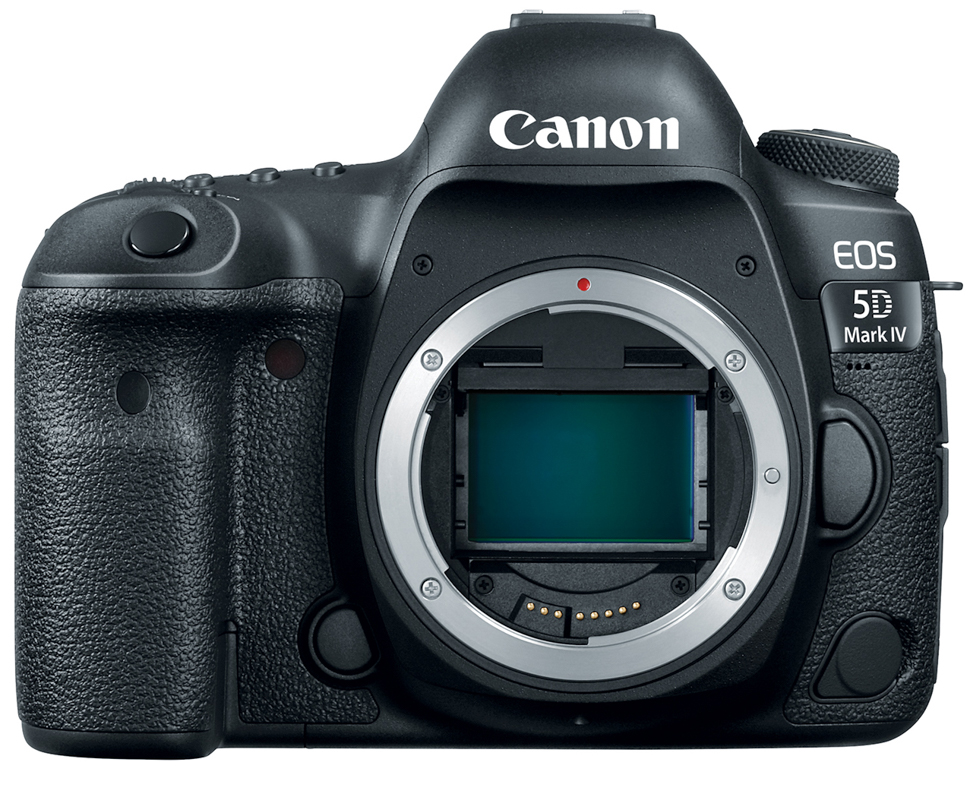
The ISO sensitivity range is essentially the same with both cameras, with the EOS 6D Mark II offering just 1/3EV extra at the top end of its native ISO range to make a difference.
• Best lenses for Canon 5D Mark IV
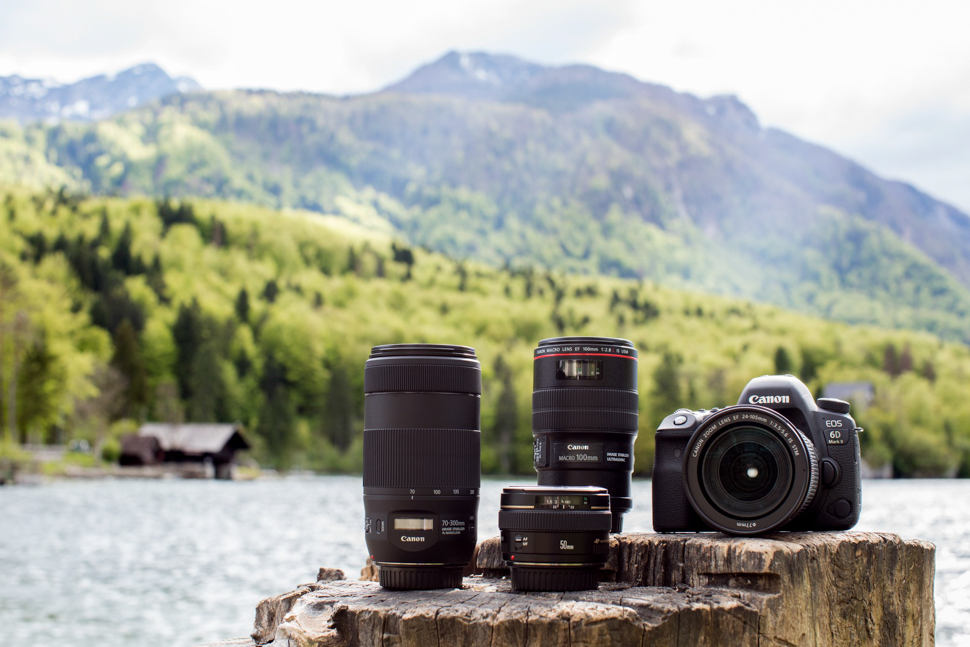
The EOS 6D Mark II features Canon’s latest DIGIC 7 processor, while the EOS 5D Mark IV has the previous DIGIC 6+ engine. However, when it comes to the performance of the two, the EOS 5D Mark IV is in some ways slightly superior (see Burst Shooting).
So, with fractionally higher sensor resolution and slightly better burst shooting, the EOS 5D Mark IV arguably has the edge in this particular battle.
Canon EOS 5D Mark IV vs EOS 6D Mark II: Video
- Canon EOS 5D Mark IV: 4K DCI (4096 x 2180p) up to 30fps, with 1.6x sensor crop. 120fps slow motion at 720p
- Canon EOS 6D Mark II: Full HD (1080p) up to 60fps, no slow-motion recording
The video specs of the two are quite different, with the EOS 5D Mark IV boasting 4K DCI recording at up to 30fps and the EOS 6D Mark II able to shoot Full HD (1080p) videos at frame rates up to 60fps.
4K DCI recording is in a slightly wider aspect than in the regular 4K UHD resolution of 3860 x 2180 pixels, which results in a 17:9 aspect ratio, rather than 16:9.
There are, however, a few caveats with the EOS 5D Mark IV’s 4K video recording. It comes with a 1.6x sensor crop (that’s Canon’s APS-C format), which is not best suited for wide-angle shooting but potentially useful for telephoto video recording. Even so, the EOS 6D Mark II has no 4K video at all, so the EOS 5D Mark IV still has the advantage here.
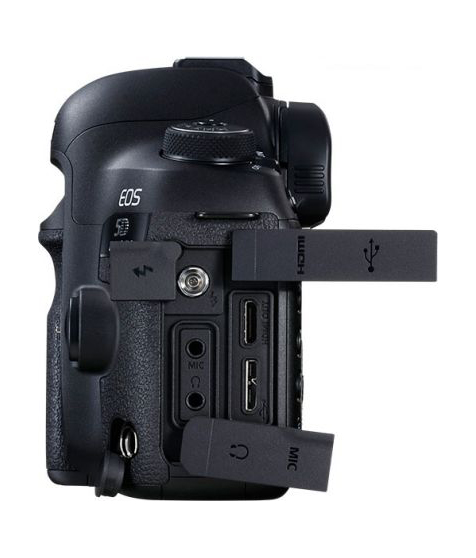
Similarly, it's possible to shoot slow-motion 720p videos with the EOS 5D Mark IV at 120fps, while the EOS 6D Mark II does not offer slow-motion recording at all.
Interface wise, both have a 3.5mm microphone socket and HDMI output, but the EOS 5D Mark IV is the only one to feature a headphone jack.
Regarding HDMI output, both are limited to 1080p out, so you won’t get the most out of the EOS 5D Mark IV 4K shooting when using external recorders.
Overall, the EOS 5D Mark IV is on top here.
Canon EOS 5D Mark IV vs EOS 6D Mark II: Burst shooting
- Canon EOS 5D Mark IV: 7fps
- Canon EOS 6D Mark II: 6.5fps
The 7fps continuous shooting mode of the EOS 5D Mark IV has a slight but negligible advantage over the EOS 6D Mark II's 6.5fps rate, but its in burst depth where the two differ more from each other.
The EOS 5D Mark IV can shoot an infinite number of JPEGs or up to 30 Raw files (providing you're using a fast enough card), while the EOS 6D Mark II can fire away for up to 150 JPEGs or 21 Raw files.
So, once again, the EOS 5D MK IV just edges ahead.

Canon EOS 5D Mark IV vs EOS 6D Mark II: Autofocus
- Canon EOS 5D Mark IV: 61-point AF array; Dual Pixel CMOS AF system (live view and video)
- Canon EOS 6D Mark II: 45-point AF array; Dual Pixel CMOS AF system (live view and video)
Autofocusing appears very similar between the two. Both cameras sport Dual Pixel CMOS AF, Canon's sensor-based phase-detection autofocus. This provides quick and accurate autofocus in both live view and video modes, so both cameras can be used to create professional focus pulls etc
As for autofocusing through the viewfinder, the EOS 5D Mark IV features a 61-point AF array with up to 41 cross-type points (as it depends on the lens used), while the EOS 6D Mark II has 45 AF points, all capable of being cross type.

A significant difference between the two cameras is that the 61-point array of the EOS 5D Mark IV covers a wider area of the frame than the EOS 6D Mark II's, making it more useful for focusing on off-centre subjects.
Both systems give an AF working range of EV -3 to 18, which mean they should focus well in poor lighting conditions.
So, while similar, the EOS 5D Mark IV appears to have the AF edge.
Read more:
Canon EOS 6D Mark II review
Canon EOS 5D Mark IV review
Best Canon lenses
Canon EOS 5D Mark IV vs EOS 6D Mark II: Viewfinder and LCD
- Canon EOS 5D Mark IV: 3.2-inch fixed LCD touchscreen, 1.62million dots. Pentaprism viewfinder with 0.71x magnification and 100% coverage
- Canon EOS 6D Mark II: 3-inch Vari-angle LCD touchscreen with 1.04million dots. Pentaprism viewfinder with 0.71x magnification and 98% coverage
Both cameras impress here. Their optical viewfinders provide the same 0.71x magnification, though the EOS 5D Mark IV's finder has 100% coverage. This means that what you see in the display is what you get in the final image. Meanwhile, the EOS 6D Mark II's viewfinder has coverage of 98%, so you do miss a touch of the peripheries.
With regards to LCD screens, each camera has one up on the other. The EOS 5D Mark IV has slightly larger 3.2in LCD screen to the EOS 6D Mark II’s 3in display, and its resolution is higher at 1.62million dots too. However, the EOS 6D Mark II's screen has a Vari-angle design, which some will no doubt find more useful.

Both LCD displays are touch sensitive. Using Dual Pixel CMOS AF for touch focusing in live view mode makes the Vari-angle screen of the EOS 6D Mark II inherently more appealing, as it’s easier to view and operate from awkward angles.
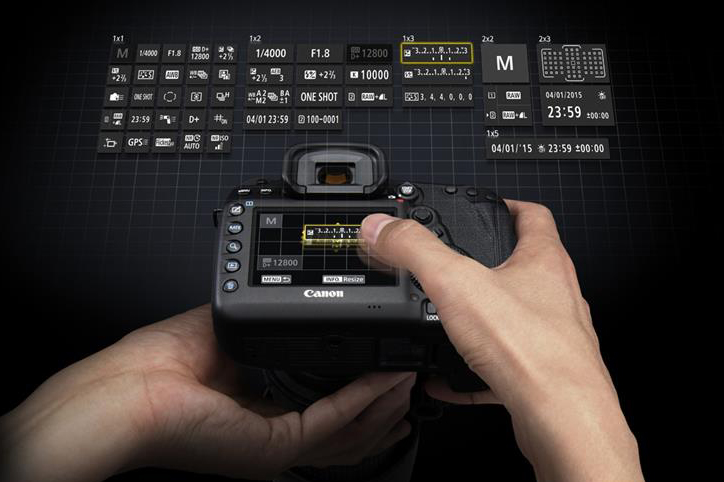
Overall, the EOS 5D Mark IV is likely to appeal more to those primarily using the viewfinder, while the EOS 6D Mark II is potentially better suited for live view and video aficionados.
Canon EOS 5D Mark IV vs EOS 6D Mark II: Build and design
- Canon EOS 5D Mark IV: 890g (inc. battery and card); dual card slots (SDHC/SDXC & CompactFlash)
- Canon EOS 6D Mark II: 765g (inc. battery and card); single card slot (SDHC/SDXC)
Both cameras are classed as mid-size DSLRs. However, the EOS 5D Mark IV is heavier at 890g to the EOS 6D Mark II's 765g, and it’s slightly bigger too.
There are other subtle differences between the two cameras that justify the price tags. The body of the EOS 5D Mark IV is primarily magnesium alloy and features Canon’s most effective weather sealing. The EOS 6D Mark II feels more enthusiast-level by comparison, being made from a mix of aluminium alloy and polycarbonate resin with glass fiber.
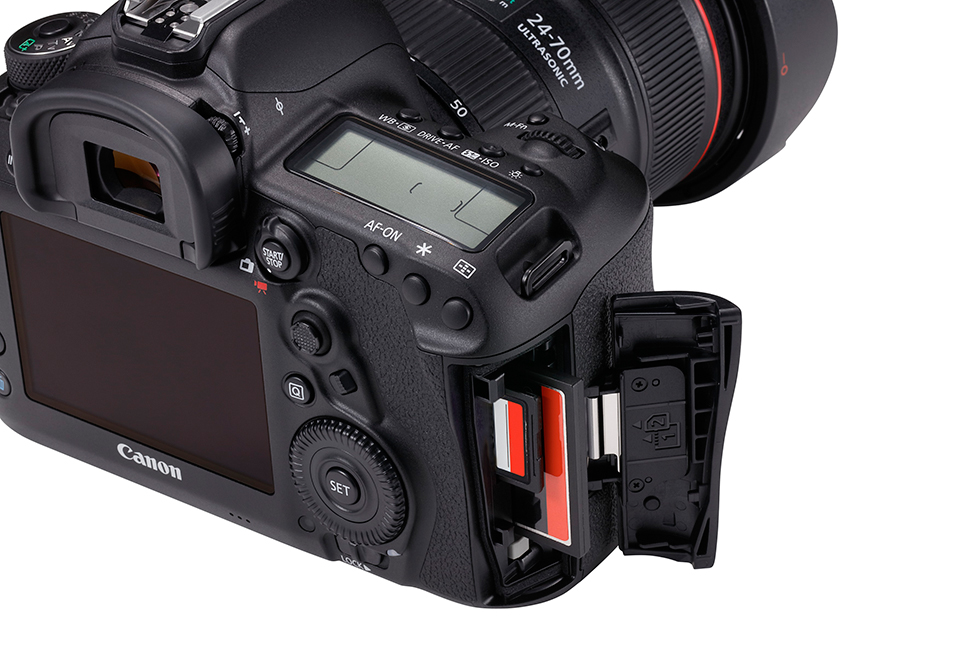
The EOS 5D Mark IV features twin memory card slots (one CompactFlash and one SD) and a USB 3.0 connection, while the EOS 6D Mark II only has a single SDHC/SDXC-type slot and USB 2.0 connection.
Each camera has its advantages when it comes to build and design. The EOS 6D Mark II is lighter, but the EOS 5D Mark IV is more durable. We’d favour the EOS 5D Mark IV.
Canon EOS 5D Mark IV vs EOS 6D Mark II: Other features
- Canon EOS 5D Mark IV: Built-in Wi-Fi, NFC, Dual Pixel RAW
- Canon EOS 6D Mark II: Built-in Wi-Fi, NFC, Bluetooth
The maximum shutter speed of the EOS 5D Mark IV is 1/8000sec, while the EOS 6D Mark II is 1EV slower at 1/4000sec. A faster shutter speed could be the difference between using the fast f/1.2 lens at its widest setting, without a filter, in bright sunlight.
Both cameras feature built-in Wi-Fi and NFC wireless connections. However, the EOS 6D Mark II is the one that has Bluetooth, which provides an energy efficient ‘always-on’ wireless connection. Users can automatically upload images to their smart device immediately after they are taken.
The EOS 5D Mark IV also boasts Dual Pixel RAW functionality, which lets you adjust the point of best sharpness among other things post capture, and this is also something the EOS 6D Mark II lacks.
Read more: The best full-frame DSLRs
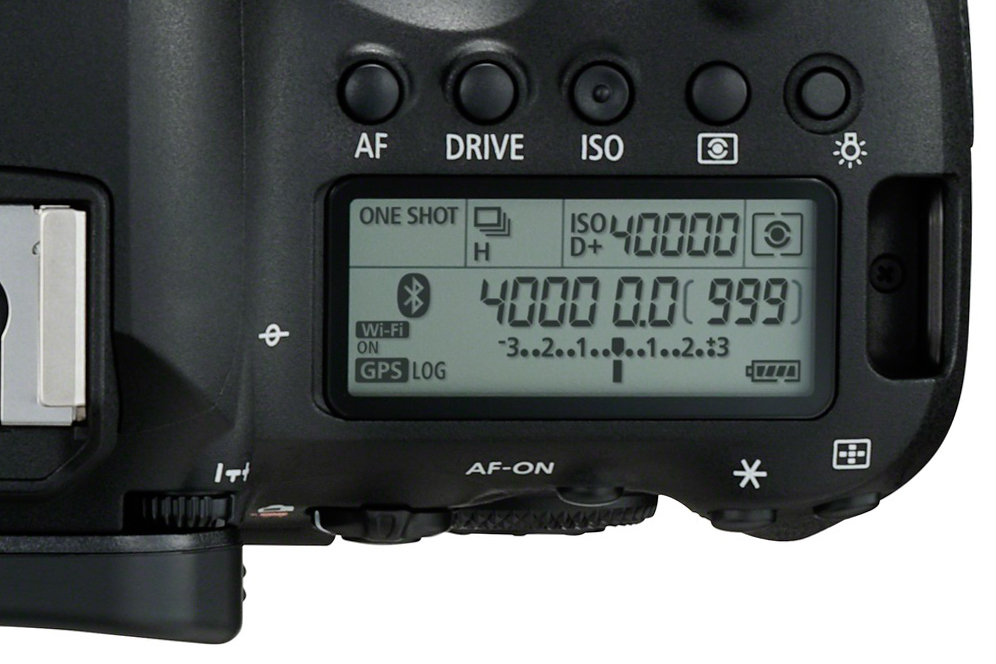
Features found in both cameras include built-in GPS and intervalometer shooting mode.
It’s a mixed bag here, with both cameras having advantages over the other, though the EOS 6D Mark II benefits from Bluetooth technology.
Canon EOS 5D Mark IV vs EOS 6D Mark II: Battery life
- Canon EOS 5D Mark IV: 900 shots
- Canon EOS 6D Mark II: 1,200 shots
Both cameras use the same LP-E6N battery, but the EOS 6D Mark II comes out on top, being able to shoot for 33% longer.
On a full charge it can take up to 1,200 shots to the 900 shots of the EOS 5D Mark IV. The camera is newer and features Canon’s latest processor, which may contribute to its power efficiency.
Its Bluetooth technology provides a more energy-efficient wireless connection too. For a mid-size Canon DSLR, you’d struggle to beat the EOS 6D Mark II.
The EOS 6D Mark II wins here.
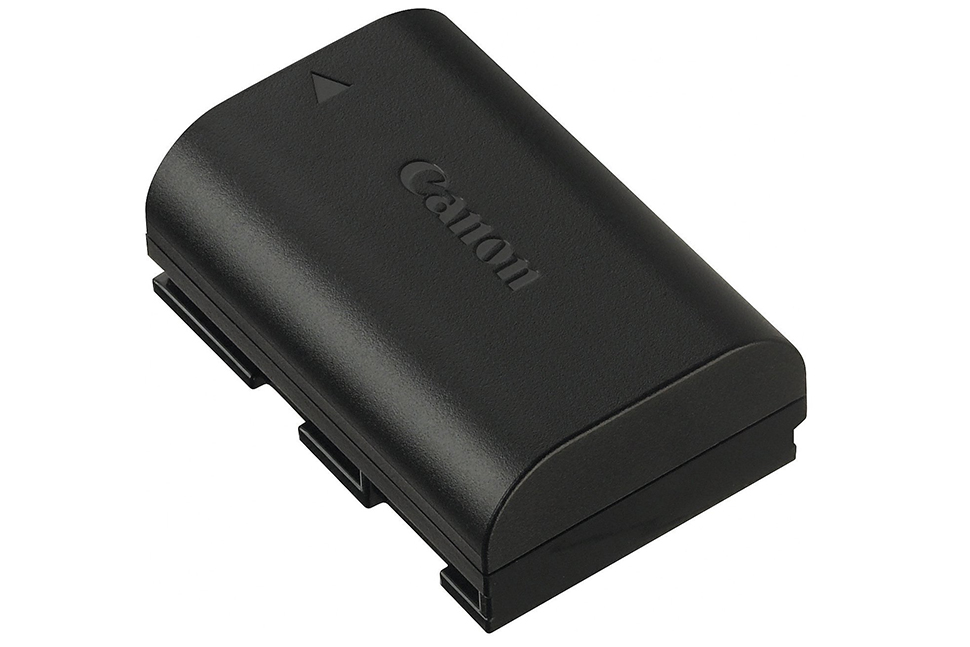
Verdict
Despite both cameras being mid-size, full-frame DSLRs, Canon has been able to differentiate the two quite clearly. To summarise, here are the benefits each camera has over the other:
The Canon EOS 5D Mark IV has a marginally higher sensor resolution for larger prints, together with Dual Pixel RAW and 4K video recording (albeit with 1.6x sensor crop). It also boasts a larger LCD touchscreen and a viewfinder with 100% coverage, together with twin memory card slots and better build quality.
Other advantages include an additional port to connect headphones and more AF points in an array that covers a wider portion of the frame, together with a buffer that allows for unlimited JPEG shooting with the 7fps drive mode.
The Canon EOS 6D Mark II has its own perks, though. It's lighter and its body is slightly smaller, and it offers a Vari-angle LCD touchscreen. Superior battery life and energy-efficient, always-on Bluetooth connectivity also made a difference.
It's also significantly less expensive; at around half of the price of the EOS 5D Mark IV, you could get a Canon EF L-series lens alongside a EOS 6D Mark II with the money saved.
In its own right, the Canon EOS 5D Mark IV is a better camera in most departments; you get what you pay for. But is it better than a EOS 6D Mark II with a lens?
Read more: Nikon D850 vs Canon EOS 5D Mark IV: Features compared
Get the Digital Camera World Newsletter
The best camera deals, reviews, product advice, and unmissable photography news, direct to your inbox!
